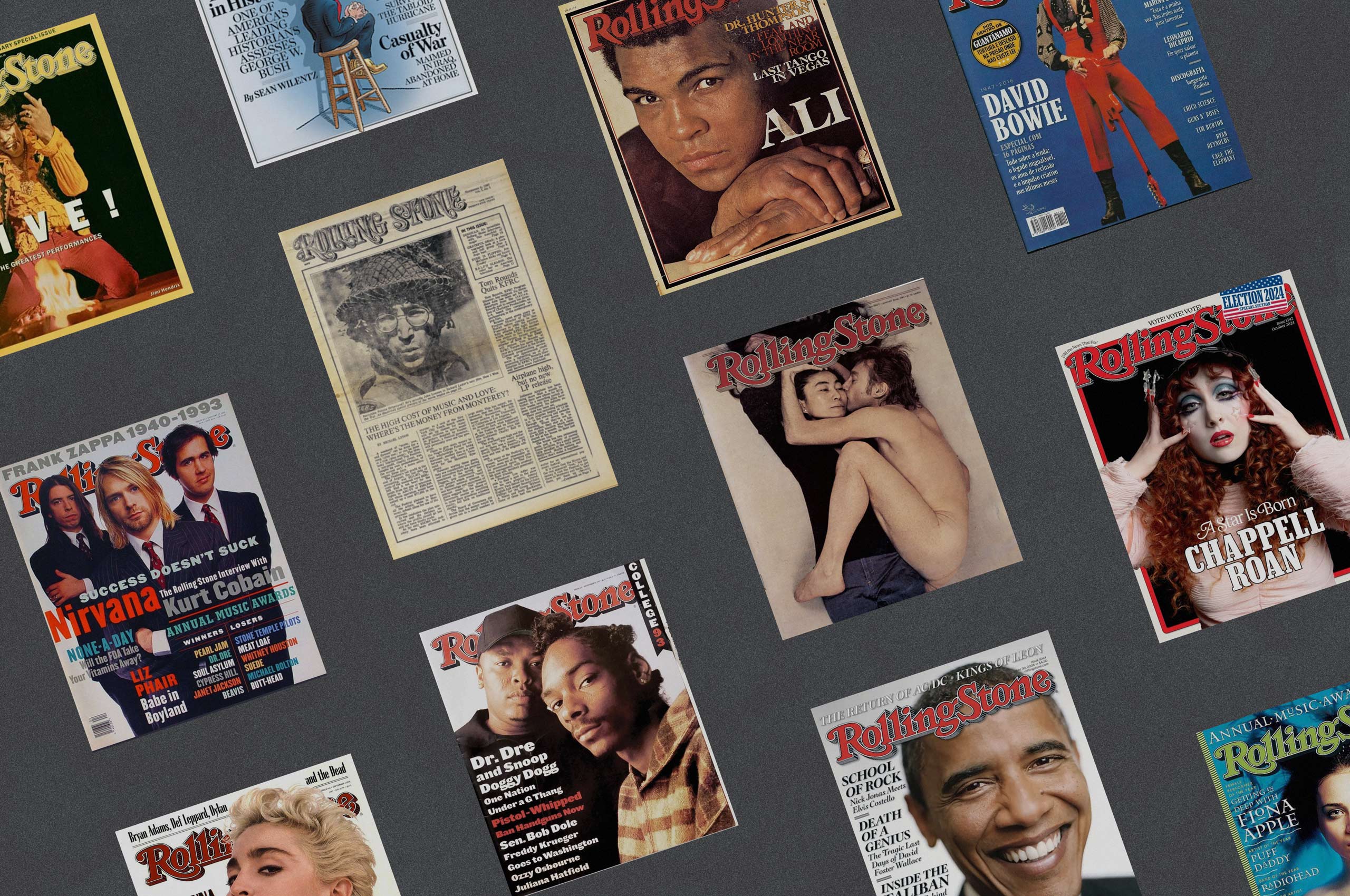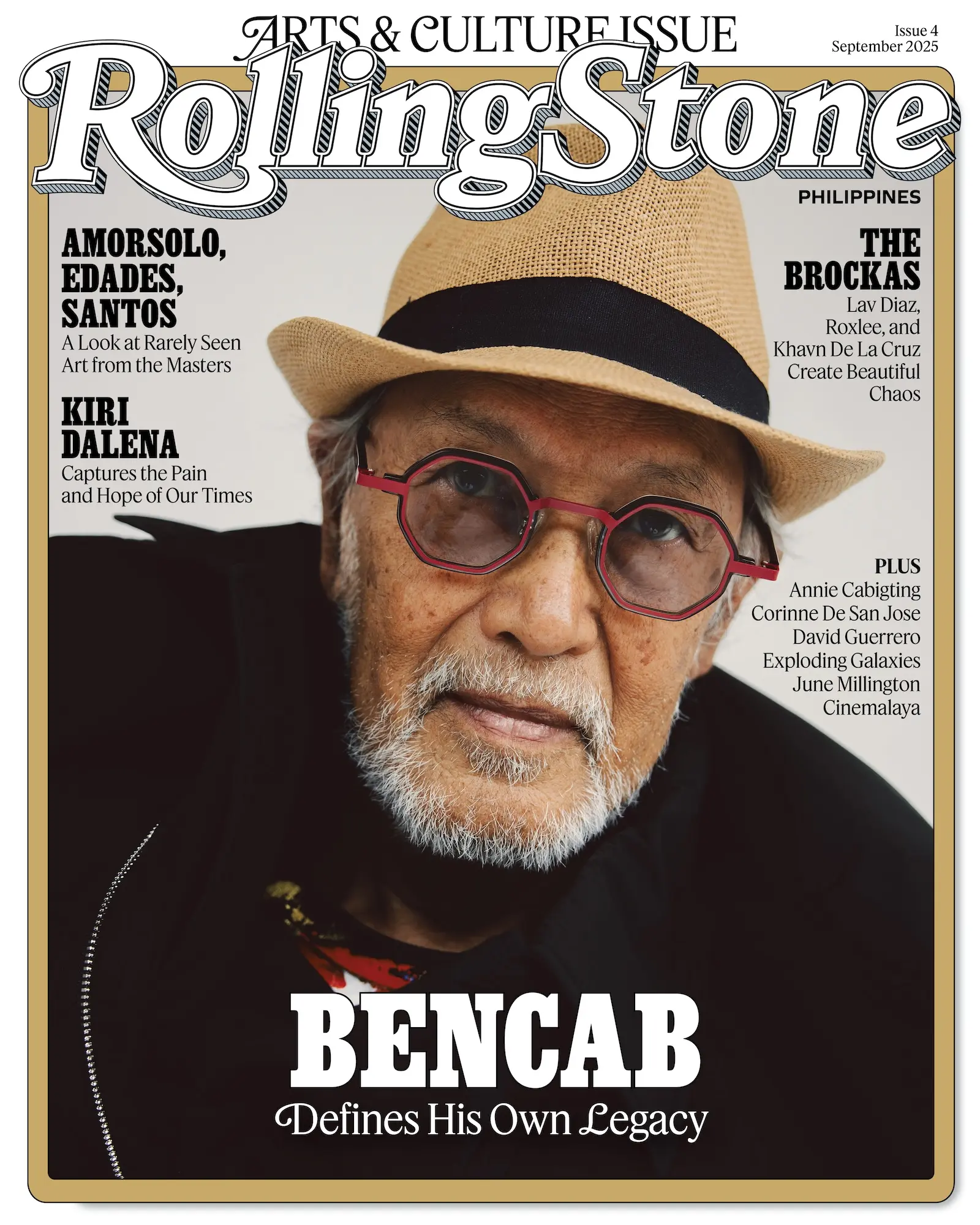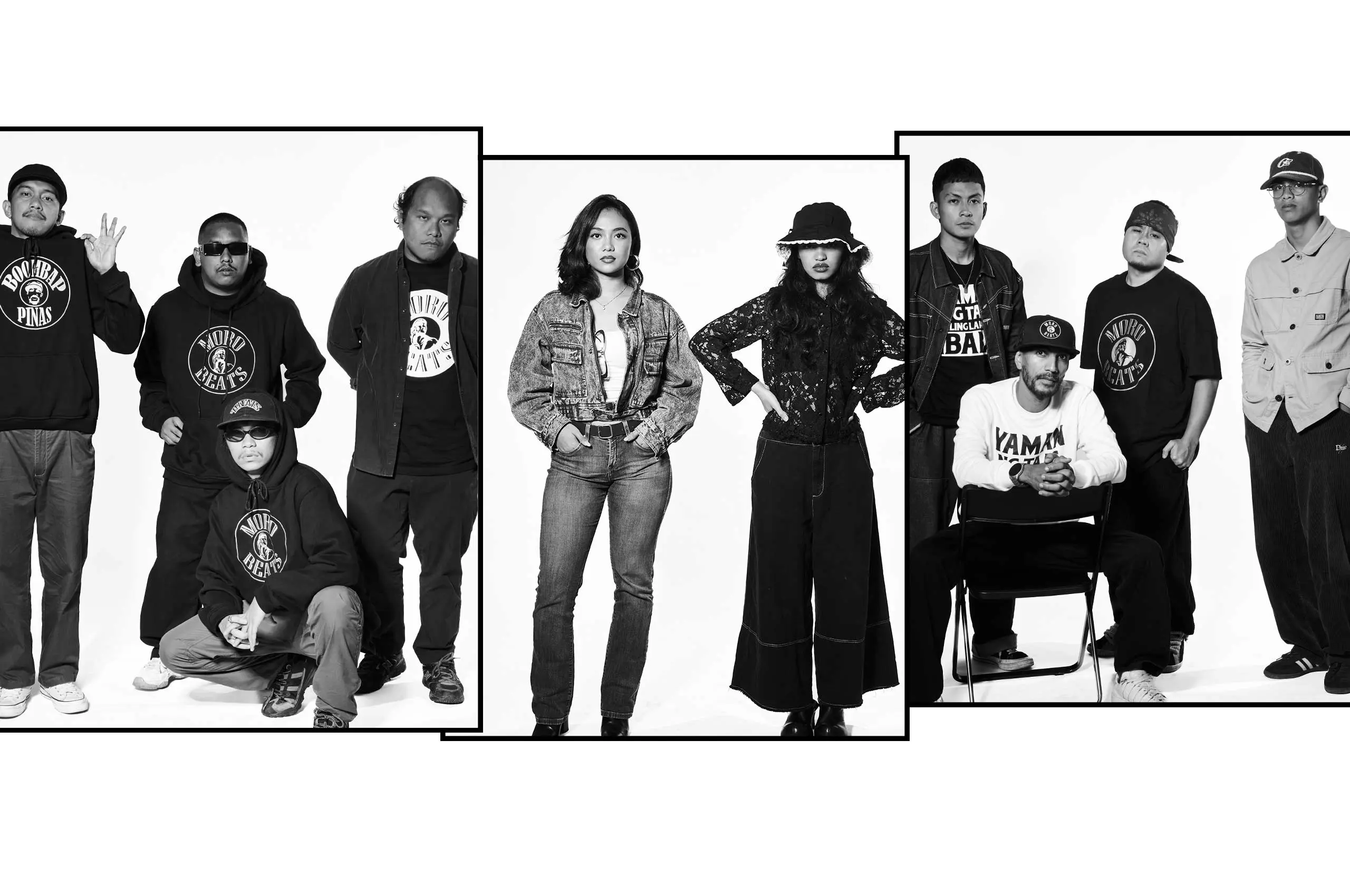Rolling Stone didn’t just document history, it made it.
From its very first issue to its status as a global icon, Rolling Stone has always been more than just a magazine — it is a cultural force. Founded in 1967 by a young Jann S. Wenner in a cramped, dusty second-floor loft above a small print shop in San Francisco, the publication was born in the heart of a city buzzing with counterculture. With rock bands like the Grateful Dead, Jefferson Airplane, and the Holding Company flocking to the area, Wenner sought to capture the raw energy of the moment. He drew inspiration for the magazine’s name from an essay business partner Ralph J. Gleason wrote in The American Scholar titled “Like a Rolling Stone,” after the Bob Dylan song. The essay focused on the significance of rock n’ roll especially among a young generation so dissatisfied with the politics of their country. With $7,500 and a tight-knit staff of friends and volunteers, Wenner put together the first ever edition of the Rolling Stone.
Fast forward more than fifty years later, and Rolling Stone has taken over the world, with the multi-platform publication published across 14 international editions. And now, Rolling Stone has come to the Philippines.
The local edition of the iconic American publication is set touphold the brand’s commitment to journalism that speaks truth to power. Rolling Stone Philippines will feature iconoclasts across music, culture, and national affairs.
As Rolling Stone makes its debut in the Philippines, we’re taking a visual journey through its iconic covers, tracing the bold, boundary-pushing moments that shaped the magazine and the world around it.
The Premiere Cover
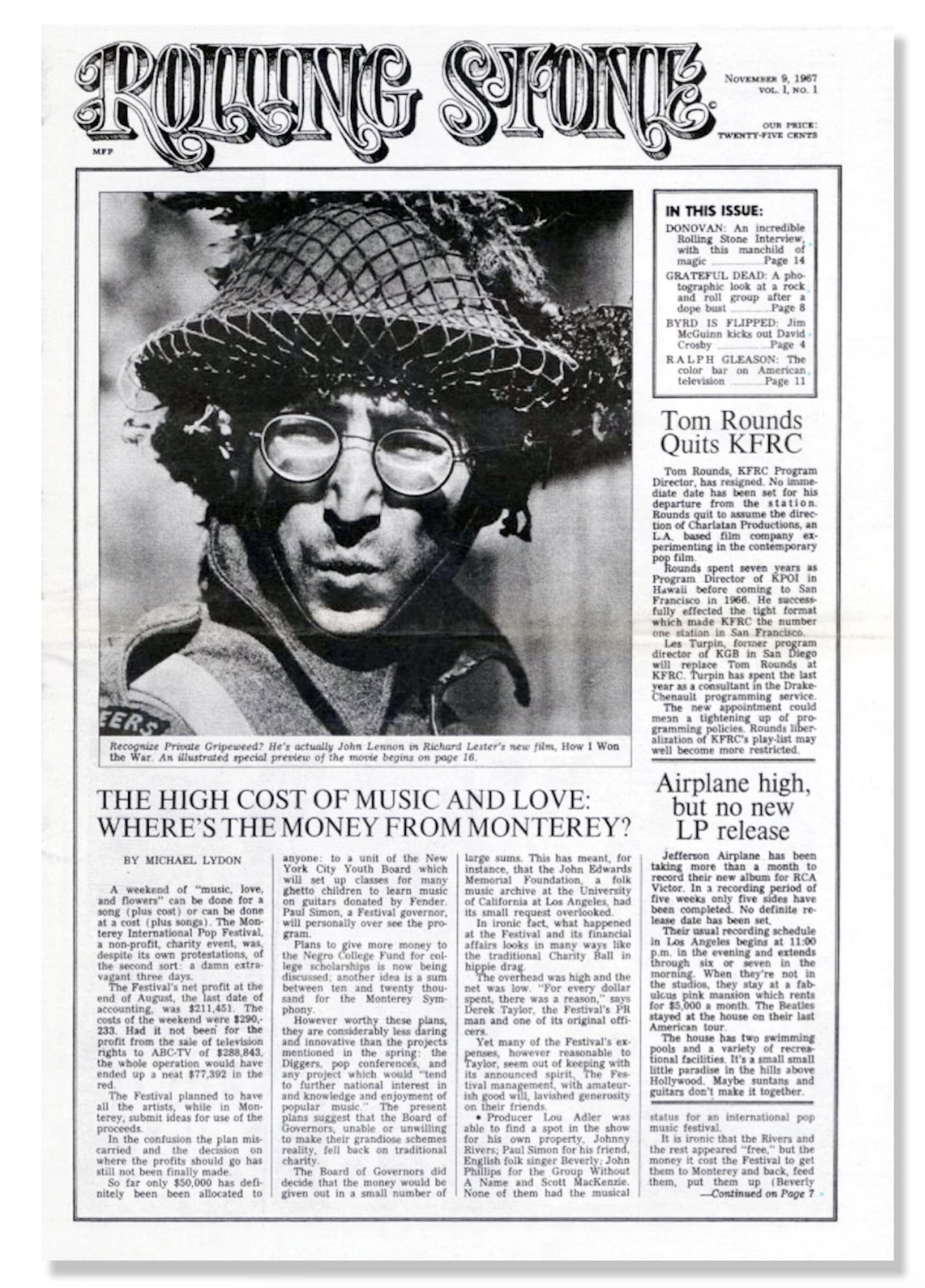
Published on November 9, 1967, the first cover of Rolling Stone featured a striking black-and-white publicity shot of John Lennon as Private Gripweed in Richard Lester’s film How I Won the War. Wenner had been sorting through a stack of publicity stills a day before the print deadline and still needed an image for the front cover. “It was the best thing we had,” Wenner said in a Rolling Stone 50th anniversary feature. “It was incredibly fortuitous, symbolic and prophetic of the future.”
The image of music legend Lennon dressed in soldier gear spoke to the intersection of music, culture, and politics, during a time of intense American public dissatisfaction with the way their government was handling the Vietnam War. The cover set the tone for Rolling Stone, where culture would always be inseparable from the political issues shaping the world.
‘Fear and Loathing in Las Vegas’
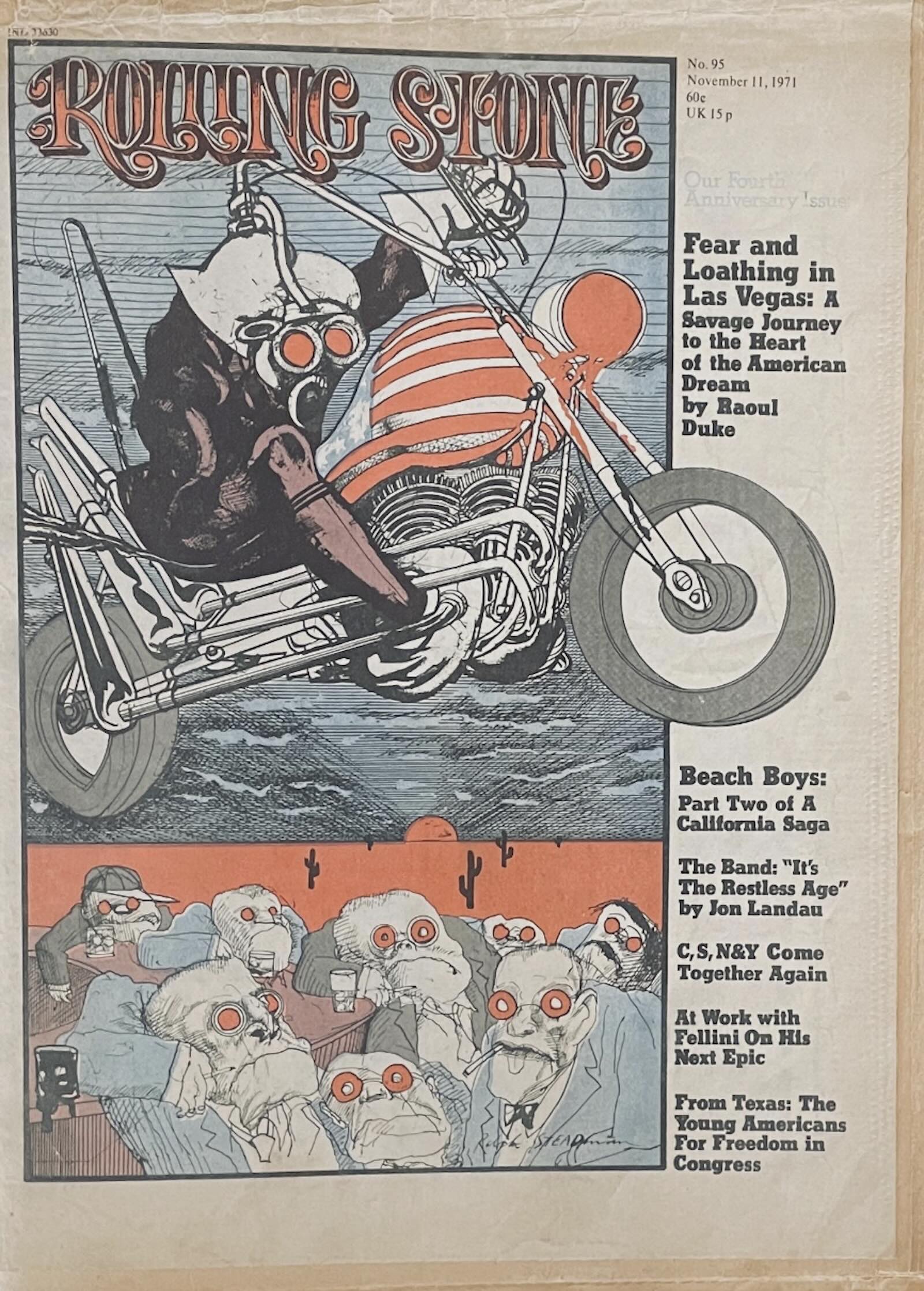
You can’t talk about Rolling Stone without mentioning Hunter S. Thompson, the legendary writer that brought his distinct style of gonzo journalism to the magazine, as well as his fearless reporting and scathing social commentary. On November 11, 1971, Rolling Stone published Hunter’s most famous work, “Fear and Loathing in Las Vegas,” as a two-part feature complete with cover illustrations by Ralph Steadman, who is best known for his chaotic satirical art style and frequent collaborations with Thompson.
“Fear and Loathing” is a semi-autobiographical account of protagonist Raoul Duke (a stand-in for Thompson) and his attorney Doctor Gonzo as they navigate Las Vegas through an LSD-induced haze, in search of the American Dream. Throughout his forty-year career with the magazine, Thompson delved deep into the messiness of American culture and focused on how it was intrinsically intertwined with politics.
The Rockstars
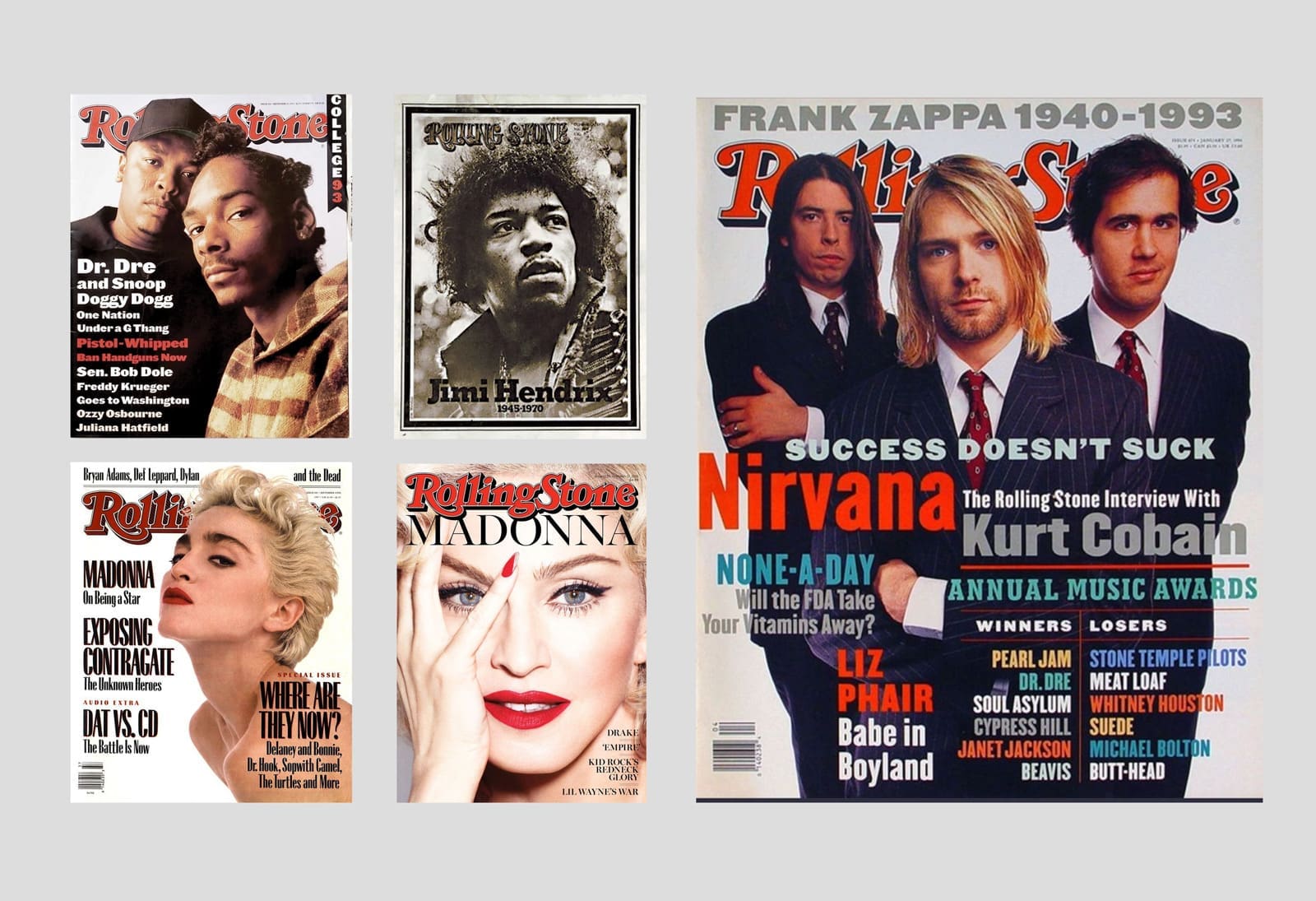
Since that first issue in 1967, Rolling Stone has been the ultimate stage for the biggest music icons, capturing the raw energy, rebellion, and charisma that these musicians bring to their craft. From the legacies of rock stars like Jimi Hendrix and Nirvana, to the electrifying presence of pop sensations like Madonna, to the early days of game-changers like Snoop Dogg and Dr. Dre, each cover captures the essence of what makes these artists legendary. Whether its the rebellious spirit of the ‘60s or the West Coast dominance of hip-hop in the ‘90s, Rolling Stone has immortalized the most influential figures in music history.
John Lennon and Yoko Ono
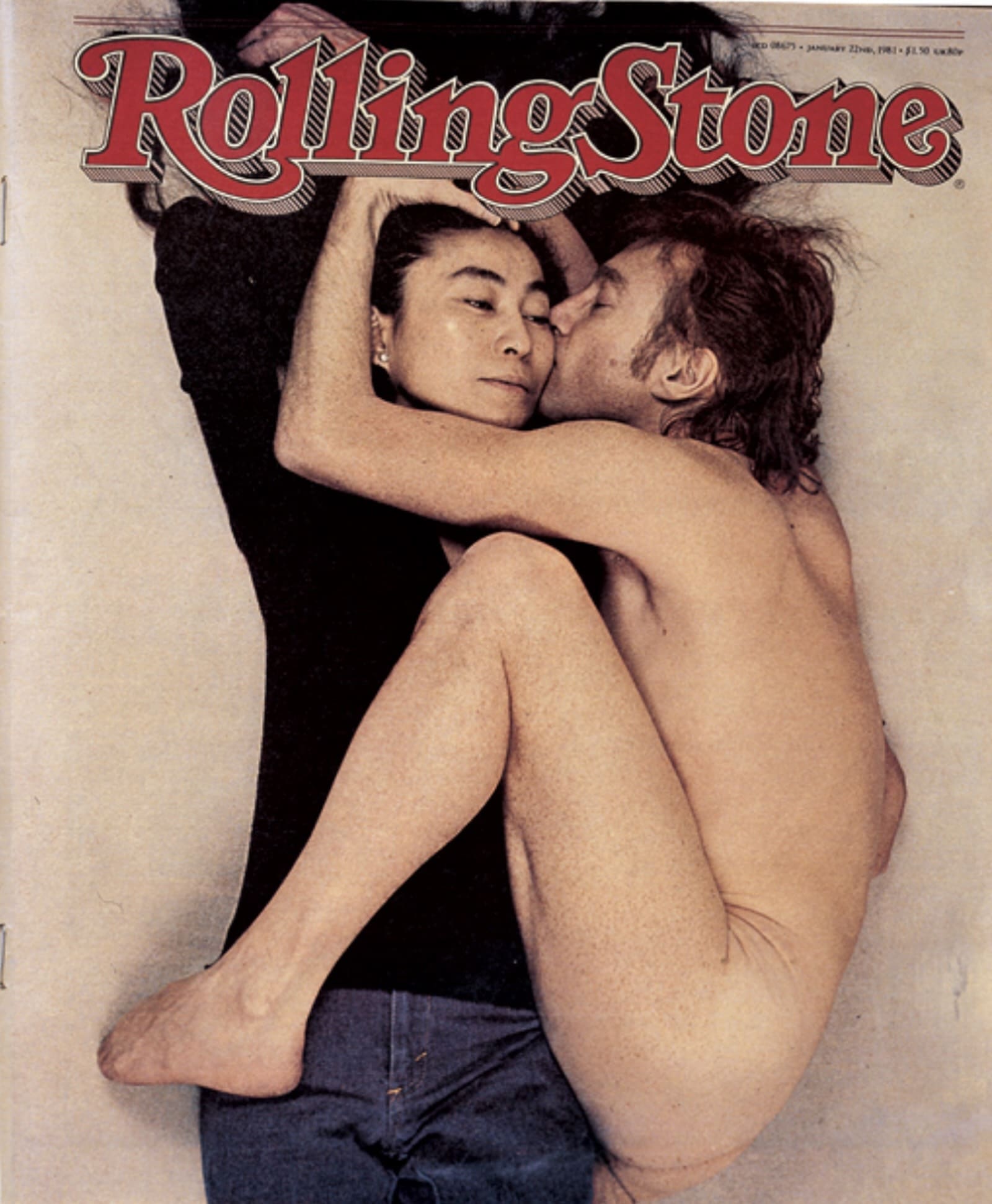
For the last thirteen years of his life, Lennon maintained a deep relationship with Rolling Stone. “John, more purely than anybody else at the time, symbolized rock & roll,” said Wenner in the same 50th-anniversary feature. “Everything he and Yoko did to support Rolling Stone added a little of their luster. It gave us credibility and authority.”
On December 8, 1980, famed portrait photographer Annie Leibovitz photographed the couple in their New York apartment. The cover photo was meant to be a nod to their first Rolling Stone cover together in 1968, when they appeared in the nude to promote their Two Virgins album. Several hours after the photoshoot, Lennon was shot and killed in front of his apartment building.
This photo appeared a month later, on the Rolling Stone’s January 22nd, 1981 issue. The issue paid tribute to Lennon’s life, and in 2005, the American Society of Magazine Editors voted it as the best magazine cover of the past four decades.
The Politicians
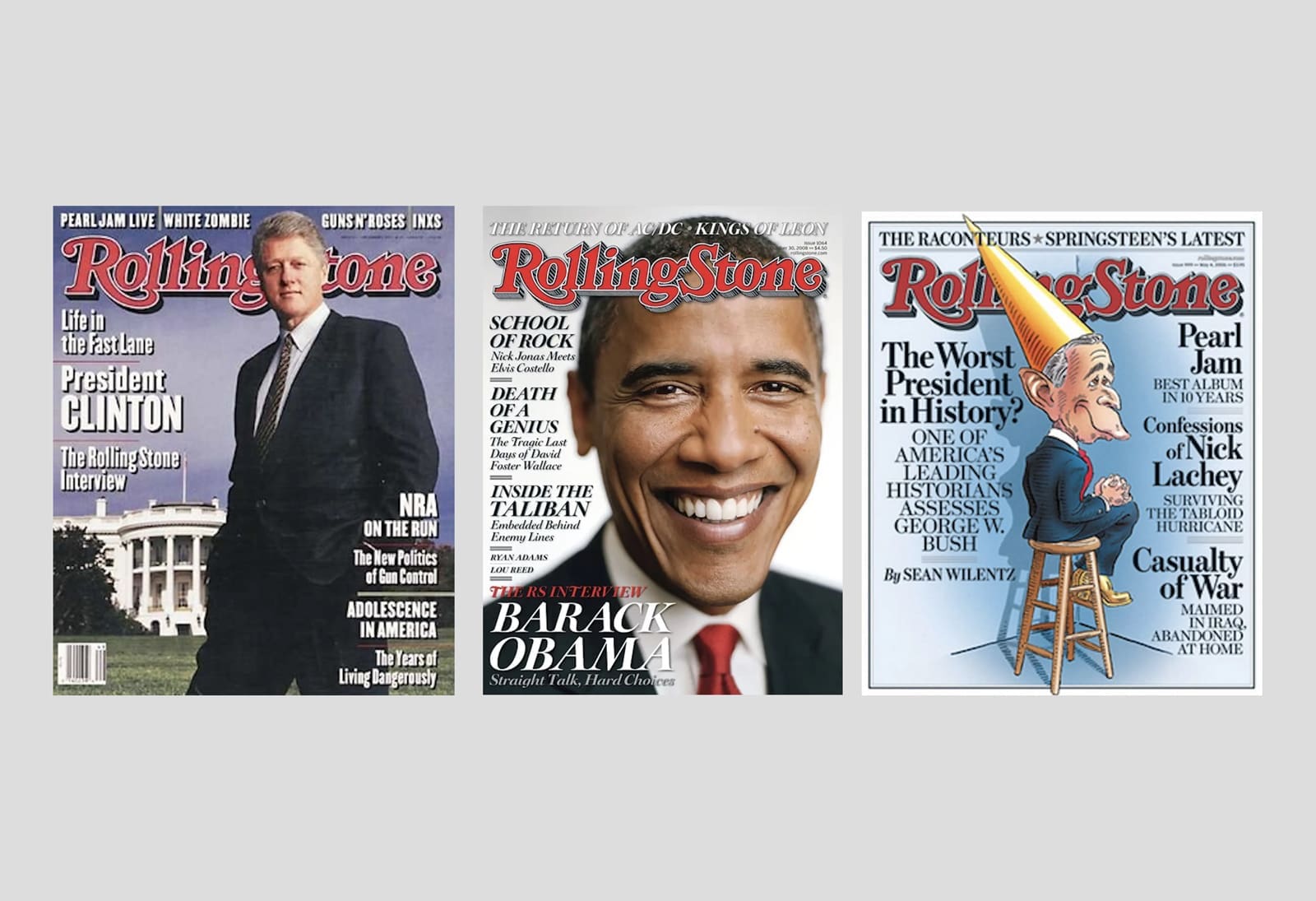
For over five decades, Rolling Stone has been more than just a music magazine — it has been a cultural barometer, capturing the political figures who have defined the modern era. From the hopeful rise of Barack Obama to the controversial reign of George W. Bush, Rolling Stone has not only chronicled their presidencies but also examined the political forces shaping the American nation. Presidential moments were captured in ways that went beyond mere politics, reflecting the intersection of power, personality, and public opinion.
‘Rolling Stone’ Today
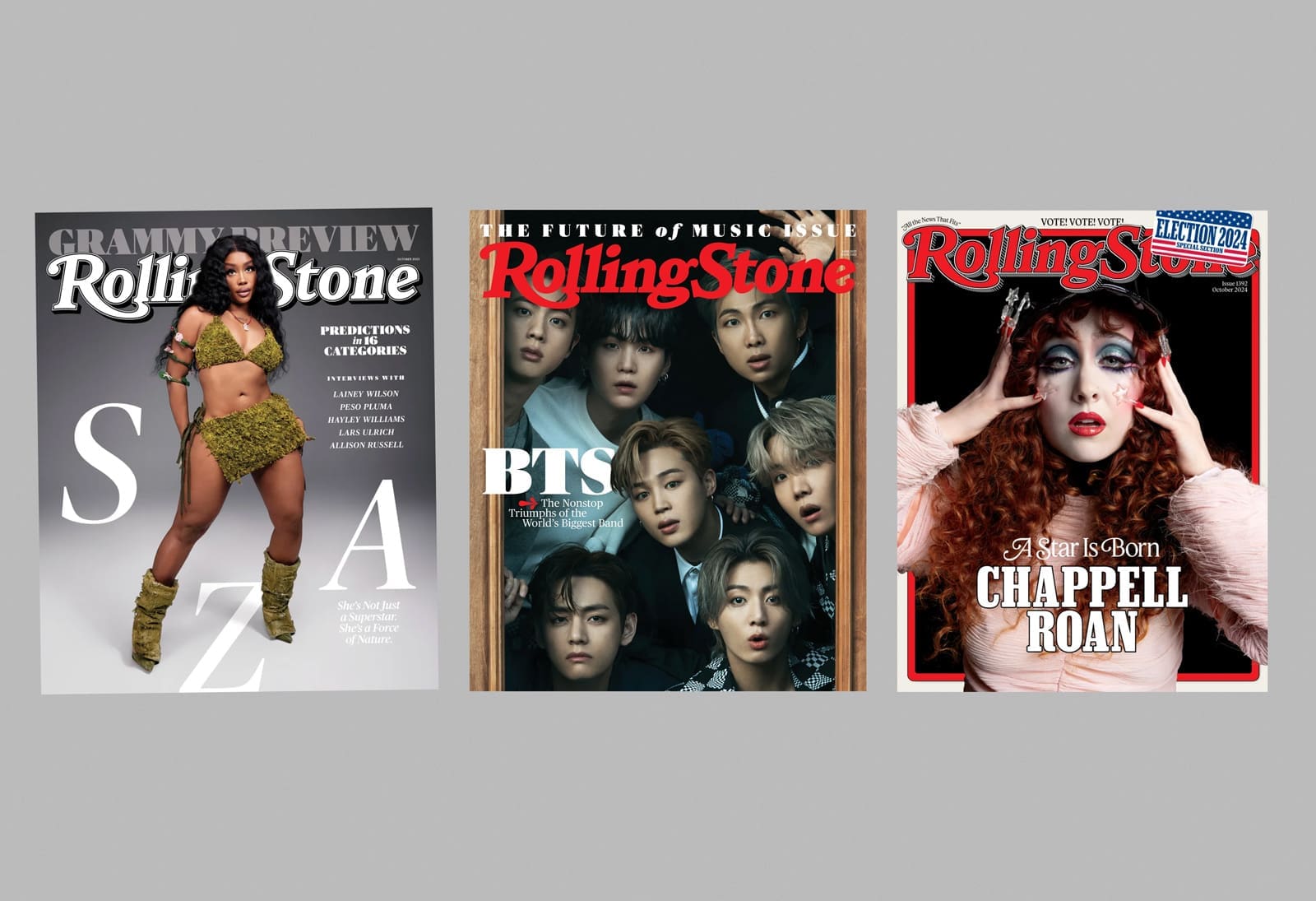
Today, Rolling Stone continues to redefine its legacy, covering the modern icons who are shaping the cultural landscape. From the genre-defying rise of Chappell Roan to the boundary-pushing artistry of SZA, the magazine maintains its commitment to spotlighting gamechangers who redefine music, identity, and culture. With a keen eye on the cultural zeitgeist, Rolling Stone dives deep into the stories, movements, and personalities that influence how we experience art, activism, and the state of the world today.
